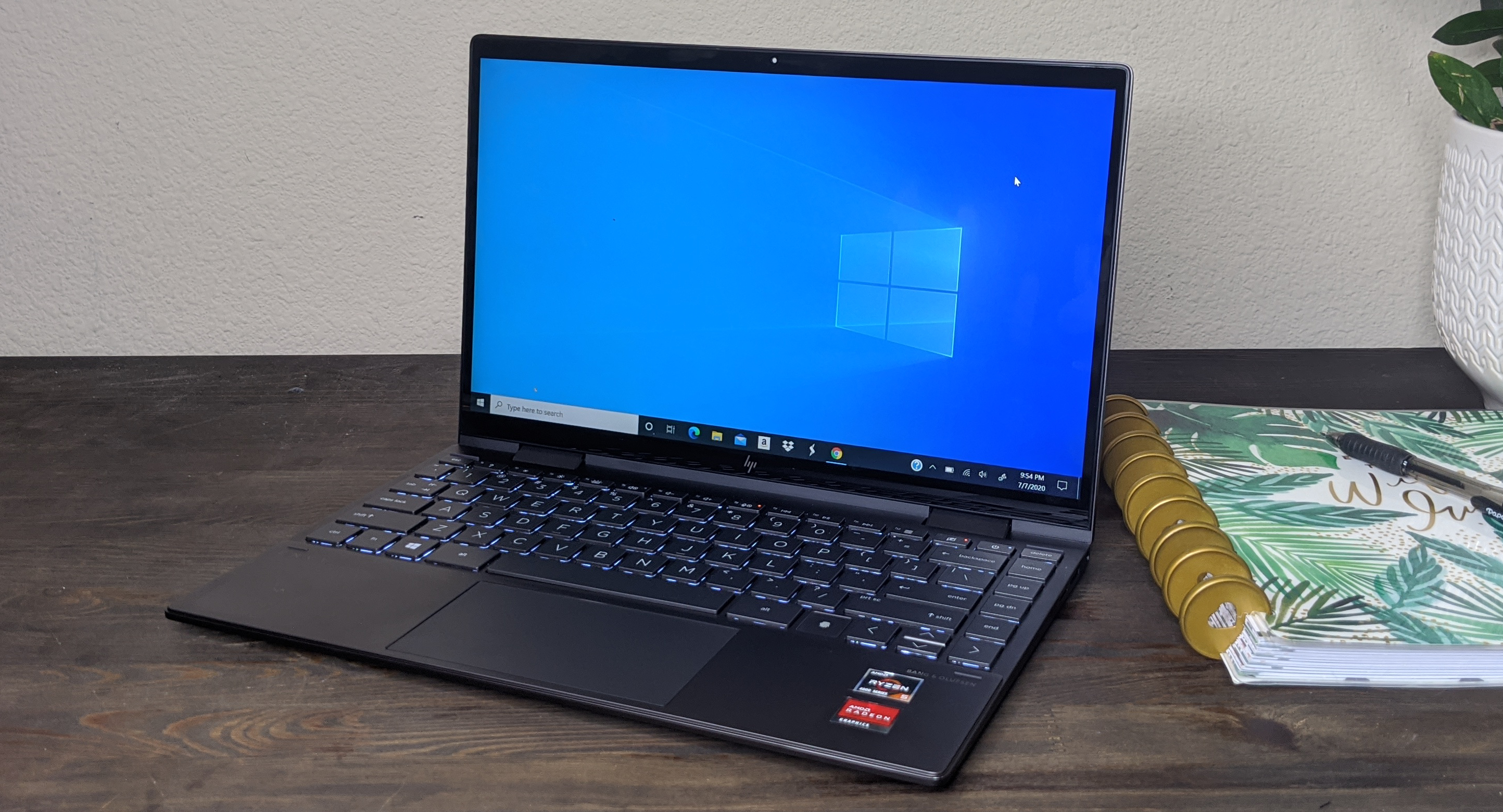Windows 10 update bugs cause Blue Screen of Death and boot loops: What to do
Lenovo ThinkPad laptops seem to be at a higher risk

Welp, you can't go more than a few days without reports of a Windows 10 update causing problems.
This time it's serious.
The cumulative updates KB4566782 and KB4565351 (for May 2020 and November 2019, respectively) are causing some systems to freeze, crash with a Blue Screen of Death, or enter an endless boot loop.
One unlucky Windows 10 user reported: “My XPS 9300 fell into a bluescreen loop on this update [KB4565351].”
Another had issues with their Lenovo laptop, “19041.450 and 19041.423 (last month’s preview) both break my Thinkpad X390 pretty badly when Hyper-V is installed. The Windows Hello camera stops working, and the machine BSODs when going to sleep or when trying to run Lenovo Vantage,” the person posted on Reddit.
What's good news for some is that these issues appear to disproportionately impact Lenovo ThinkPad laptops with Hyper-V, Intel virtualization or Windows Sandbox enabled, Windows Latest reports. Better yet, turning off virtualization features seems to resolve the issue, so give it a try if you've encountered any problems since updating your system.
The bugs encountered by Windows 10 users are wide-ranging, from slower boot times to reduced frames per second while gaming or hard drives not working.
Stay in the know with Laptop Mag
Get our in-depth reviews, helpful tips, great deals, and the biggest news stories delivered to your inbox.
“This update has made computer unusable. Windows explorer launches and freezes. Cannot use my external hard drives. Booting freezes. All sorts of problems. I now have to spend hours wiping and reinstalling everything,” one user wrote on Microsoft's own forums.
Windows 10 errors: What to do
The complaints go on and on, fortunately, it seems like only a small percentage of Windows 10 users are affected by these problems.
Microsoft has yet to respond to these reports, so it's unclear whether the company is working on patches. With that said, your best bet is to take matters into your own hands by reverting back to an older, more stable version of the operating system.
To do so, open the settings menu by pressing the Windows icon in the bottom-left corner then click the Settings gear (or type "Settings" in Windows Search).
Choose "Update and Security" from the main Settings page. On the left side, ensure "Windows Update" is selected. Toward the bottom, you'll see "View Update History." Select it. Press the first option: "Uninstall update" and choose the appropriate update version to uninstall.
Phillip Tracy is the assistant managing editor at Laptop Mag where he reviews laptops, phones and other gadgets while covering the latest industry news. After graduating with a journalism degree from the University of Texas at Austin, Phillip became a tech reporter at the Daily Dot. There, he wrote reviews for a range of gadgets and covered everything from social media trends to cybersecurity. Prior to that, he wrote for RCR Wireless News covering 5G and IoT. When he's not tinkering with devices, you can find Phillip playing video games, reading, traveling or watching soccer.

